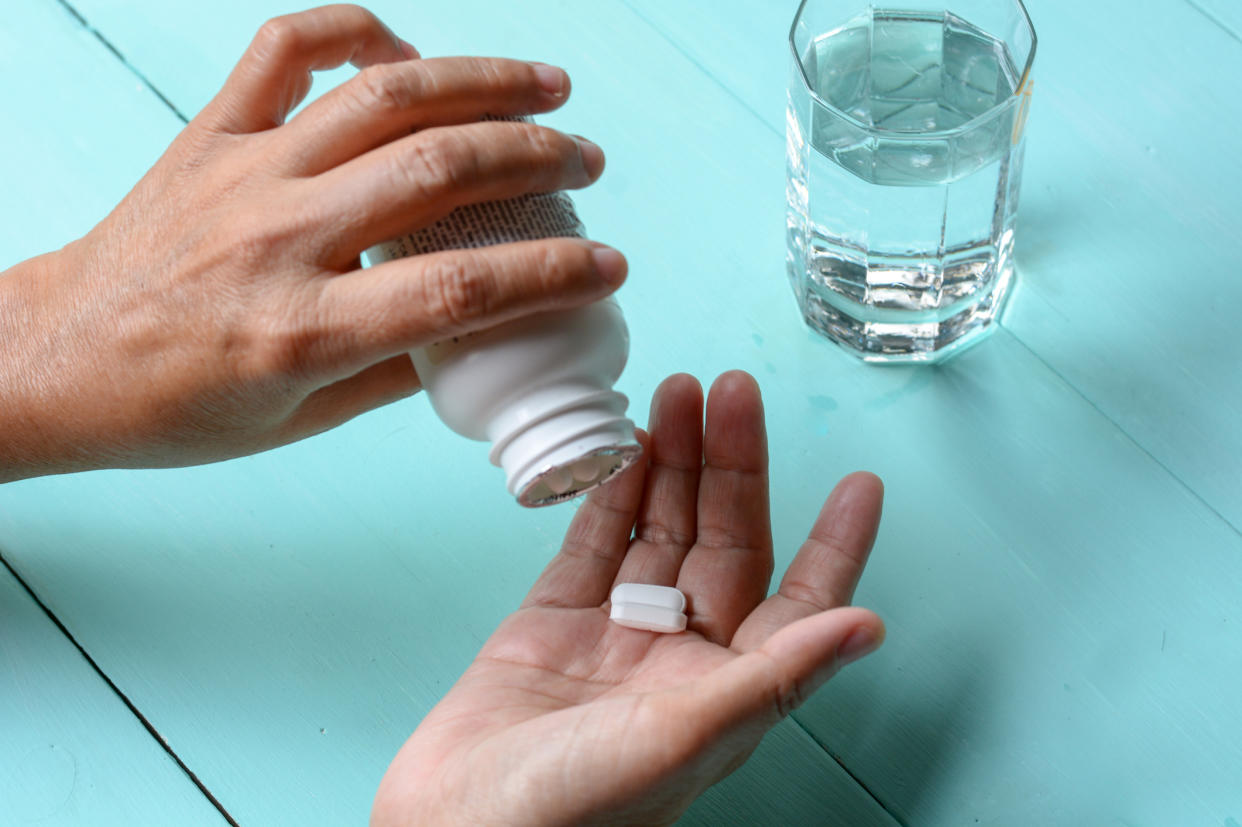Why are women more prone to migraines than men?

Migraines can be debilitating, and relentless — and oftentimes, it’s women who bear the brunt of them.
According to the World Health Organization, women are three times more likely than men to suffer from a migraine.
While genetics and lifestyle choices are factors, experts say it mainly comes down to hormones. Before puberty boys and girls are equally susceptible to migraines, but that changes once a girl starts to have her menstrual cycle.
“Once girls start to have their menstrual cycle then the incidence of migraine goes up,” says Dr. Paul E. Cooper, a professor of neurology at Western University. “Even when women stop having a menstrual cycle they never get back to the same level as men, they always have a somewhat higher level of migraine incidence.”
Dr. Louise McCrindle, a naturopathic doctor in Ontario, says she treats more women than men, but the medical reasoning behind it is still unclear.
“We don’t completely know why women have more migraines than men but there’s been preliminary research suggesting it’s due to the sex specific hormones, things like estrogen. We even think testosterone might have protective effects against migraines,” explains McCrindle.
A migraine is different from a standard headache for a number of reasons. It can last anywhere from four to 72 hours and cause throbbing pain, nausea and sensitivity to light and sound. It can also impact a person’s ability to perform simple physical activities like walking up a flight of stairs.
“We tend to think ‘ah it’s just a headache, it’s nothing’ but [a] migraine is a disabling condition, says Cooper. “It is something that interferes with people’s lives either in their ability to do things or just their enjoyment of life.”
Everyday things can trigger a migraine and they are unique to each individual. Common triggers are believed to include fermented foods, aged cheese, red wine, chocolate and strong odours, but some experts say the literature behind these isn’t crystal clear.
“The best evidence is for stress and changes in weather, sleep deprivation […] and low blood sugar is probably a true bona fide trigger as well,” explains Cooper.
There is no cure for migraines, but there are lifestyle changes a person can make to treat and prevent the frequency of the condition.
Neurologists recommend keeping a headache diary to keep track of what triggers your migraines and avoid them if possible. Going to bed and waking up at the same time every day and making sure you get seven to eight hours of sleep a night is also suggested to keep migraines to a minimum. Cooper says regular exercise and not skipping meals can also help.
ALSO SEE: Antidepressants aren't a 'shortcut.' They're a lifesaver
“There is some scientific evidence to back up that acupuncture does help and can play a role in treating migraines,” adds Cooper.
When it comes to treatment, McCrindle says one of the first steps is figuring out what the individual triggers are.
“There’s never a magic wand for anything, you’ve really got to target your treatment based on the research and the individual sitting in front of you,” says McCrindle. “Naturopathic medicine can be a wonderful tool in helping to support migraine sufferers.”
Along with acupuncture taking supplements like magnesium, butterbur and vitamin B2 can decrease the frequency of migraines.
Cooper says even without a cure, migraines are manageable and the good news is most women tend to grow out of them as they age.
“Sometimes [a] migraine is a way of your body saying you’ve got to take a time out so sometimes just listening to your body is an important part of migraine treatment.”
Let us know what you think by commenting below and tweeting @YahooStyleCA! Follow us on Twitter and Instagram.


